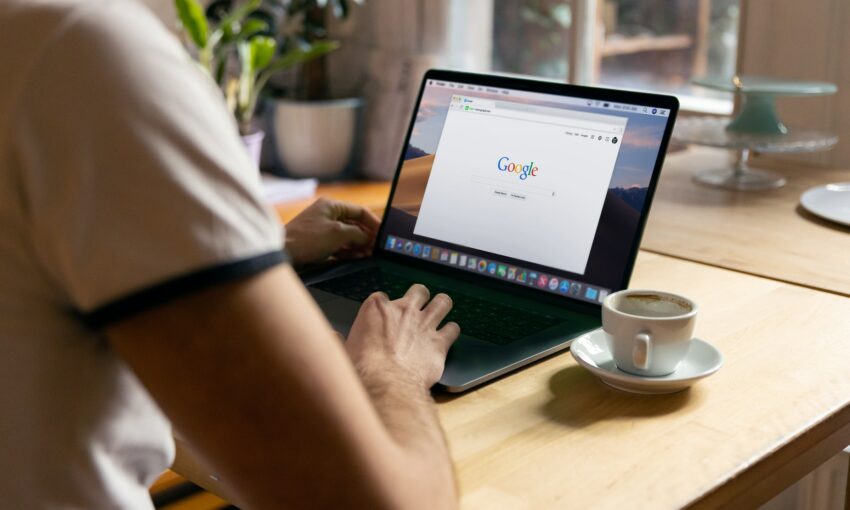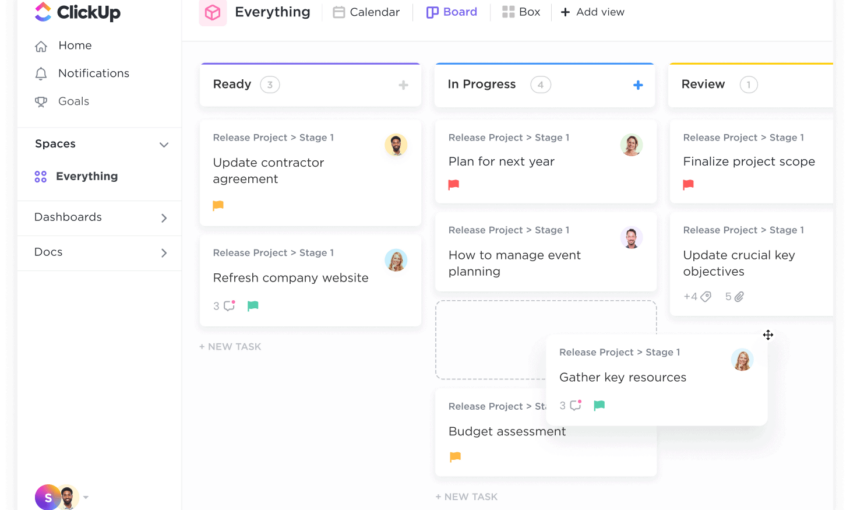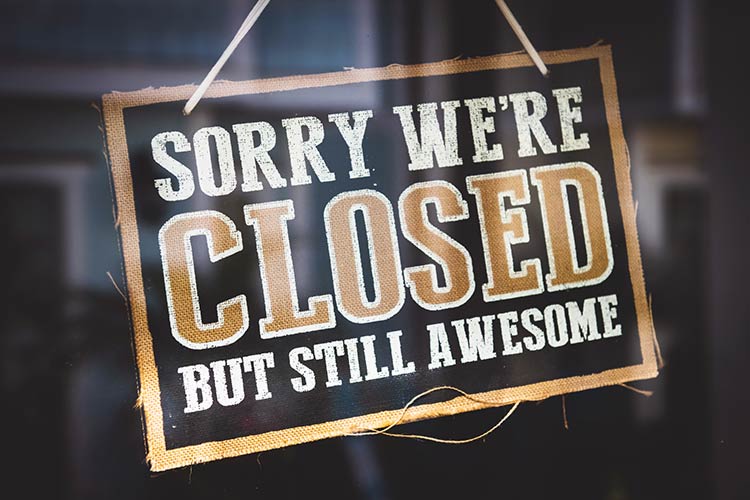Have a 10-minute Break Before Getting up from Bed

Okay, this may seem sketchy to you. But I totally recommend that you should have a 10-minute break before finally getting up from bed and start working. I have tried this and the results are good. Start your day by conditioning your mind. Ask yourself the following:
- Why do I need to perform better today? Remind yourself, why do I have to do this? Remember your inspiration, your dream, your motivating point to work. Think of these things and remind yourself that you have to get up for these people, these things, or these goals.
- What am I going to do for work today? Think of the pending projects you left hanging. Make a list in your mind about the objectives and things you need to meet today.
- What do I need to do first? Here, you apply the MIT rule. MIT means “Most Important Thing”. These are the things you need to get done first, and you prioritize them, especially if they have the closest deadline.
Of course, after this warm-up, you need to get up. Everything will just be some pile of batcrap if you just motivate yourself and not even get out of your bed. You have to wake up, get up to go up.
The Freelance Designer Toolbox
Unlimited Downloads: 500,000+ Web Templates, Icon Sets, Themes & Design Assets
All starting at only $16.50 per month
Block Your Time
Blocking your time means that you schedule a block of your time to finish a goal and do nothing else aside from it. That means you keep away from all the distractions. Close your tabs on emails, divert your calls and close 9gag and many other distractive websites.
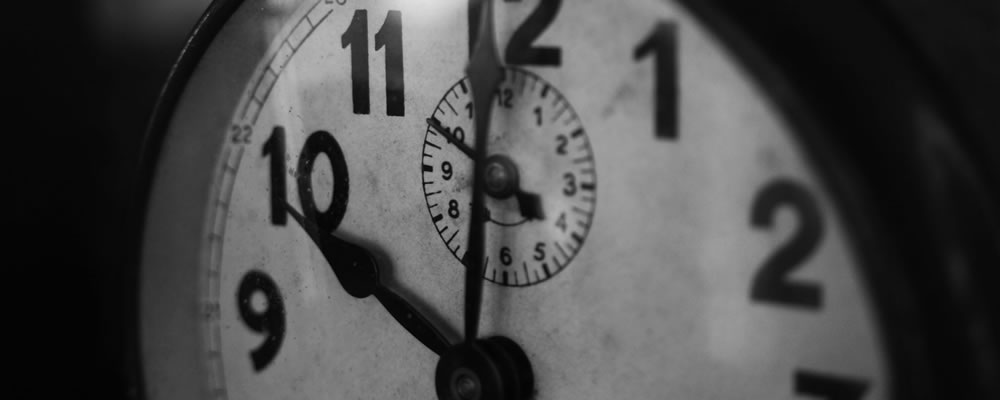
What makes this activity different from scheduling your time is that you completely block your hour for one single activity only, one single specific activity.
For schedules, you just write, “10:00 — Meeting with Mr. John Doe.” But for blocking, you specify like, “10:00AM — discuss with Mr. John Doe the specifics of his content marketing plan, focusing on social media”.
Note the difference. When you block your time, you basically tell your future self that this is the only activity and topic you will do for a particular time.
In the example, you will only talk with Mr. John Doe, (and no one else but him) at 10:00AM, (No other time than that) about the specifics of his content marketing plan, focusing on social media (and no other topic other than that).
This way, you space out the unneeded actions and not waste time and motion.
Productive Superdad offers a method on time blocking called the Wednesday Method. Here are the steps:
- Decide about the date, time and location of accomplishing the project.
- Do other necessary arrangements BEFORE starting the project.
- Plan on how to execute it.
- If you need it, take a break.
Here are some other links you may want to read
- Effective Time Blocking Techniques To Boost Your Productivity
- Work Smart: Avoid Office Distractions with Time Blocking
Buy Some Apples and Bananas
Did you know that apples can wake you faster than coffee? Yes. You see, the apple contains fructose, a natural sugar that helps you wake up naturally and fuels you go get going. This is because fructose acts slowly than the regular table sugar. So instead of crashing, you’ll have a steadier stream of energy.

On the other hand, bananas give you energy. When you feel drained during work, eat a banana. According the the US Department of Agriculture, a large banana contains at least 12.23 grams of sugar, which fuels your brain, thus, giving you energy.
Even tennis players believe this to be true!
Follow the 30-10 Rule
The 30-10 rule is what I follow, especially when writing. The core of the rule is simple. For every 30 minutes that you work, you allow yourself 10 minutes of rest. This is to keep your interest and drive to work sustained. If you work for 1 hour straight and without any breaks, you’ll probably have at least 30 minutes of un-motivated work. That means, you are basically wasting 30 minutes accomplishing a work that is sub-standard.
What I advise is take a 10-minute break to rest your eyes and mind. I warn you, don’t go browsing on websites that may hamper your productivity. Spend the 10 minutes you have looking at trees, or taking a short walk.
Here are some free tools you could use for the 30-10 rule. (I use Google Chrome extensions because I mainly work using the Google Chrome browser).
Keep Note of Your Time
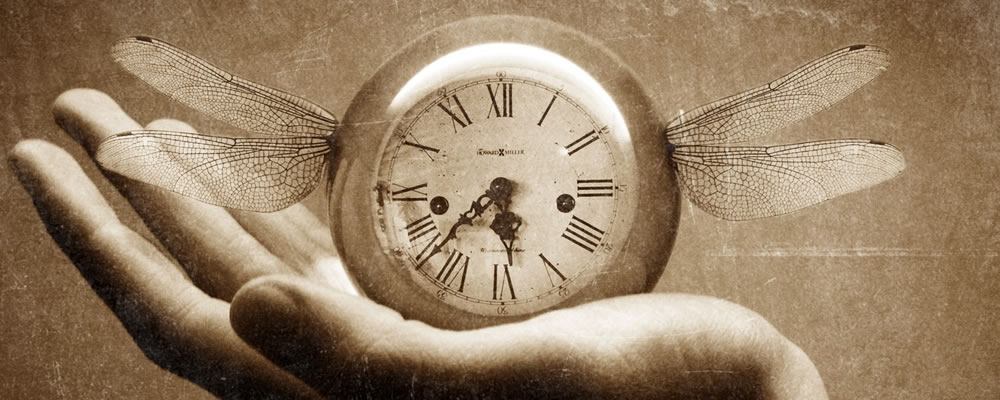
In relation to the 30-10 rule, keeping note of your time is one of the things you should do to become productive now.
- Start recording the time you started and the time you finished.
- Determine the average time you spend for every project so that the next time you will have the a similar task, you will know how to manage your time.
One great tool that most freelancers use is Toggl, a simple and easy-to-understand time-tracking service. With this app, you indicate the task, start the timer to record your progress and stop it when you are done. You can even code things personally, like if you want to create charts. It comes with a free version, however, you need to pay $5 to get the full version. It runs on Apple, Android and Windows.
Stop Multitasking
Take one job at a time. Never try to do two things at the same time. You will not only hamper your creativity and productivity, you also put your mind at risk.
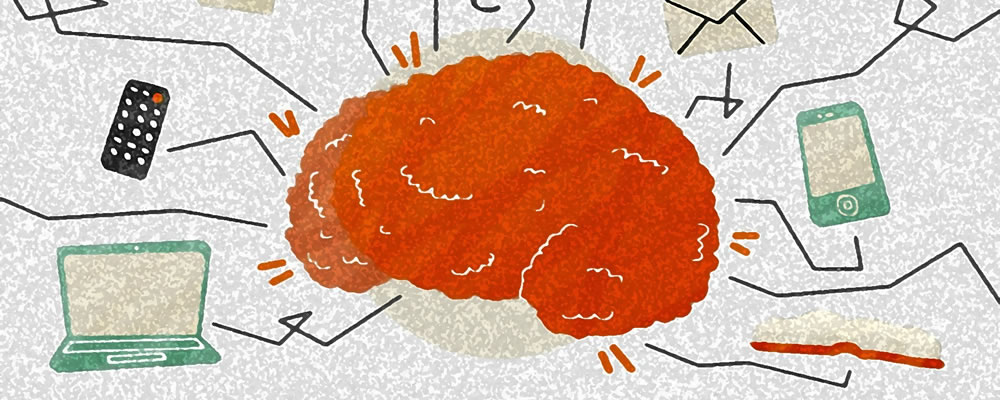
In 2009, Stanford researcher Clifford Nass conducted a study that involved college students multitasking. They found out that frequent multitaskers were less productive and used their mind less effectively than those who didn’t. In fact, it was even scarier to know that even in single tasks, multitaskers tend to fall behind those who took it one at a time.
What’s the summary of this?
- Don’t take more than two tasks.
- Try to focus on one single item on the list and do nothing except that.
- You are writing? Don’t play games.
- You are designing a website? Don’t watch a movie while doing it.
Your mind is like a whole pie that produces amazing output. If you allow others the half of the pie, you will make a half-amazing output. And if you allow another person to take your half of what you have, you’ll make a quarter-amazing output until you realize that you have sunken into a slice of mediocrity because you let your mind be divided into tasks you shouldn’t really be doing.
So next time you have a pie, nay, a project, don’t let others take it away from you.
Schedule Allowance Time Between Tasks
In the previous part of this post, I have noted that you should follow the 30-10 rule. But I have one more rule: it’s take-a-freaking-break rule.
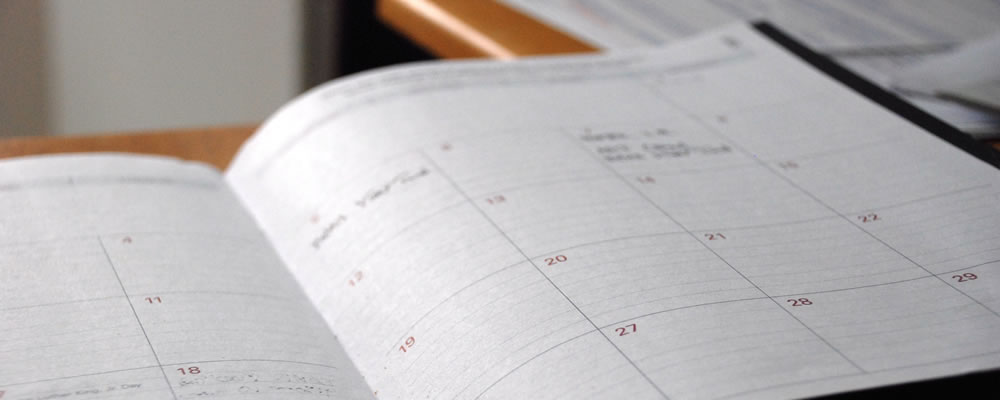
The philosophy behind this one is simple. You need to refresh. After each project, I advise you take a 30-minute break and shake loose your system. Give your mind some time to move on because, unless you do, you will be stuck with dwelling on your previous project and you would never get anything done.
For your 30-minute break, you can:
- Take a nap
- Play games (all work and no play makes jack a dull boy!)
- Take a short walk
- Do some short exercise
- Look at the trees
Follow the Pareto Principle
The basic premise of the Pareto Principle lies around the 80-20 rule (we have a lot of rules that involve numbers, don’t we?)
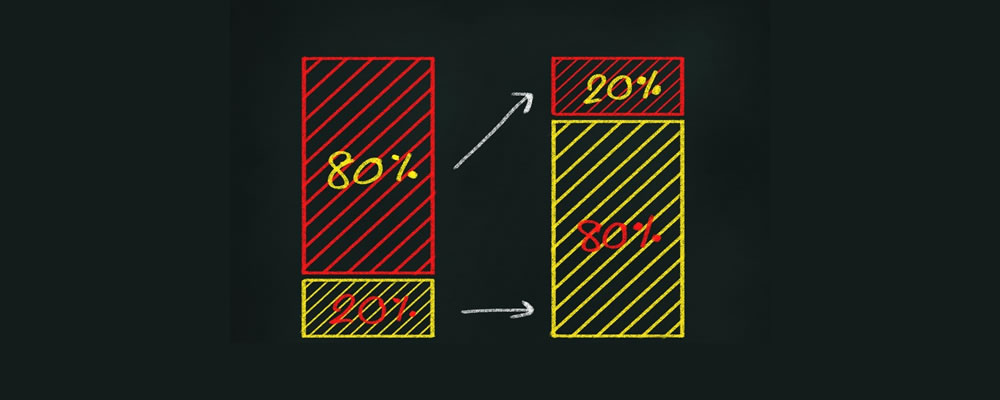
According to the principle, 80% of the effects come from the 20% of the causes. That means 80% of your difficulties come from 20% of the things you don’t finish.
Understanding this will remind you to focus on the 20% that you don’t finish. You need to focus on what’s been causing you delays and improve them so that the percentage of you finishing all your tasks will increase.
The Pareto Principle should always remind you that you need to focus 80% of your time on the 20% of work you are having difficulties with. And that, my friend, is working smart.
So, for the projects you have now, think of how much effort you need to apply on the project and it will lead you to better work-priority.
Play Safe
Yes, playing safe is sometimes viewed as cowardly but it’s actually a wise way to be productive, especially with deadlines. You need to give yourself some allowance before setting a deadline. Say, your client asked you about when you could submit the finished product of your website. In your mind you think you can finish it before 5PM and you know you can. But you shouldn’t declare 5PM to your client. That is not playing safe. You say 7PM.

This way, you become more productive by saving yourself from future roadblocks. Within those two hours, you can review your codes, look for problems and have time to finish it. That way, you can finish the project without making your client pissed at you because you missed the deadline.
Playing safe is playing wise!
Evaluate Your Day Before Going to Bed
After the day’s work, you need to assess yourself and gauge your productivity. Evaluation is important because you can see the things you can improve.
You can ask yourself the following:
- What did I do today?
- What strong points did I show today?
- What were my bad habits that hampered my performance?
- What can I do tomorrow to improve these?
But of course, while answering these, you need to follow a few guidelines:
- Be realistic
- Be specific
- Be honest
- Be clear
- Be constructive
Solve Problems Using the Fishbone Method

The Fishbone Method is a great tool to analyze and troubleshoot your productivity problems. I have personally applied this method since college. It has been proven to be effective each time I need it.
So what is the Fishbone Method?
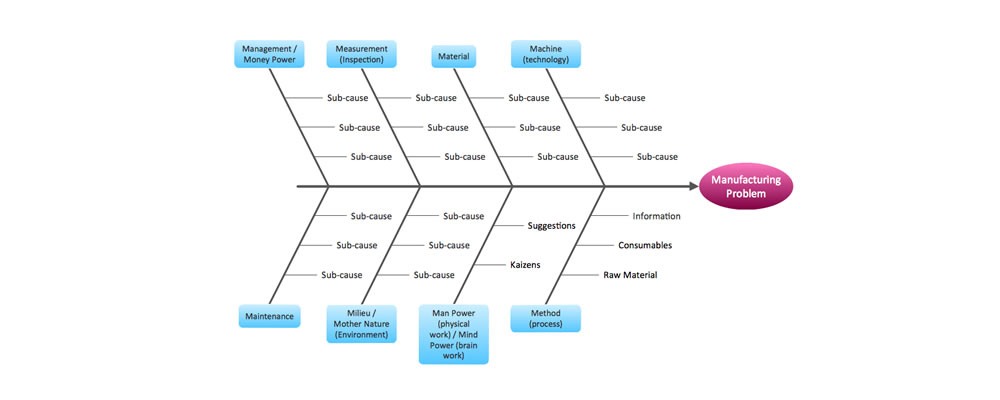
The Fishbone Method is a cause-and-effect analysis diagram that focuses on solving a specific problem rather than trying to patch up everything. A professor named Kaoru Ishikawa created this method that uses diagrams identifying cause and effect to discover the root of the problem, uncover bottlenecks in the process and identify which and why a part of the process is not working.
Steps:
- You need to identify the problem. Write the exact difficulty you are facing. Write it in the center of the page and box it out. Example, your problem is “Employees not reporting on time”
- After that, you identify the factors that may contribute to this problem. List everything you can think of, even if it seems irrelevant to the solution of the problem.
- Draw a spine on the main problem and stem the factors out from it. For this example, we may define the problems as: “Location”, “Time of Reporting”, “Time of Dismissal”, “Salary”
- Next, you identify from each factor the causes of the problem. You need to identify why the particular factor affects the problem. Include at least two causes. For “Location” you may include “Traffic”, “Distance”and so on.
- Extend your fishbone by identifying the cause of the factor. You need to stem out at least two factors that can contribute to the causes you listed. From the cause “Traffic”, you may include “Bottlenecking at 1st Avenue during 9am”, or “Road widening projects”.
- Analyze. From the smallest bones, you try to analyze which really causes the problem and you address them. This way, you can focus your troubleshooting on the main problem.
Law of Attraction!
The book The Secret has made me a fan of the Law of Attraction. The basic premise of this law is this:
If you want positive things in your life, think positive.
How does that apply to productivity, you ask? Well, for starters, being positive about what you do makes you positive as well. To be productive, you need to feel good about working.
If you slouch and feel bad about what you do, chances are, you will just procrastinate. But if you love what you do, you will wake up the same time each day, do your job and be happy about it.
Now, I ask you, who is more productive? The one who sulked and did nothing? Or the one who was happy about doing something?
Reward Yourself
To fuel the motive and drive to be productive, you have to reward yourself at times. You need to give yourself something that you really want: a new shirt, a new phone, a back massage, or something for finishing a gruelling task. Rewarding yourself refreshes you and gives you additional motivation to focus and be even more productive!
Keep Trying
Here’s a warning. At one point in your quest to become productive, you will fail. Yes, it’s a bit harsh, but at some point, you will break these productivity habits I have told you to do. But that doesn’t mean you’ll stop.
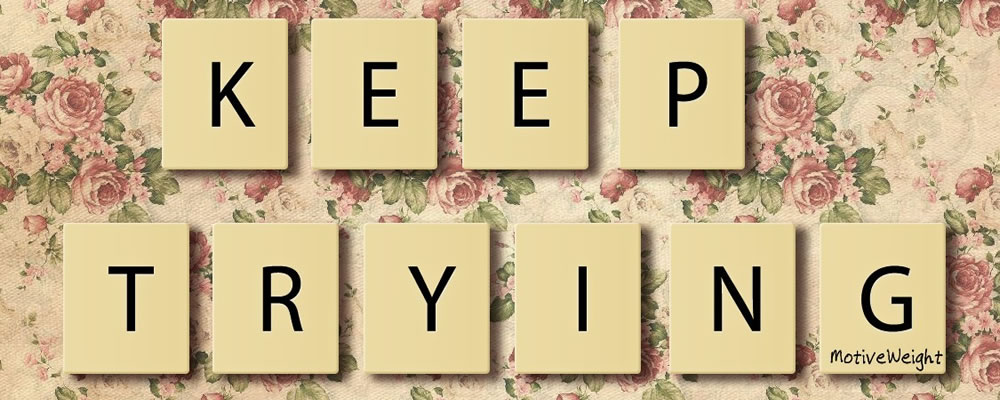
Being productive isn’t a walk in the park, you have to keep trying and trying until you notice that you are becoming more productive. Before you know it, you are on top of your game!
Start Now
The final tip is to START NOW. Don’t start later or tomorrow, start now! Think of this, people who start ahead of you will be more successful before you even take the first step.Do you want to be left out? No? Then start now.
If you let another day pass doing nothing, you’re worse than that dying lady in the hospital bed. You need to act, react and proact.
This post may contain affiliate links. See our disclosure about affiliate links here.

